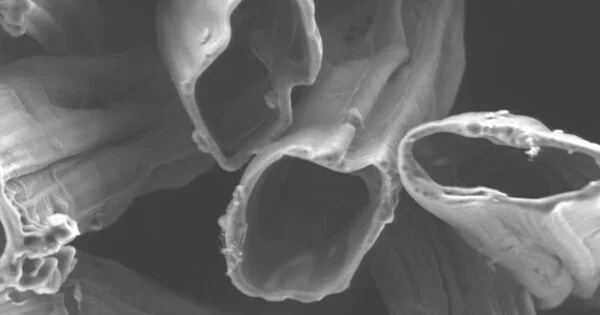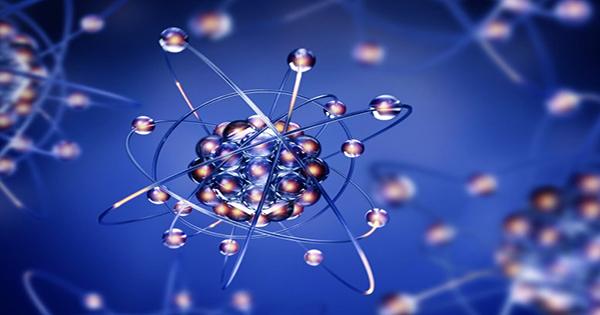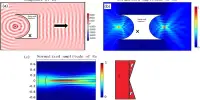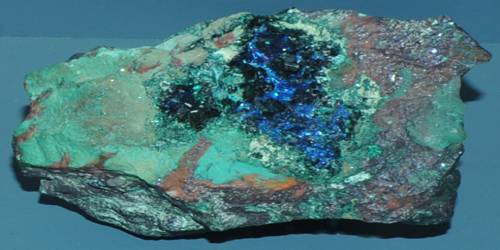Carbon nanocones are conical structures comprised primarily of carbon with at least one dimension of the order of one micrometer or less. These are a distinct and fascinating class of carbon nanostructures that are part of the larger family of carbon nanomaterials that includes carbon nanotubes, graphene, and fullerenes. Nanocones have the same order of magnitude of height and base diameter as tipped nanowires, which are substantially longer than their diameter.
Natural graphite has nanocones on its surface. Decomposing hydrocarbons with a plasma torch can also yield hollow carbon nanocones. Nanocones are three-dimensional structures that resemble cones or pyramids and are mostly made up of carbon atoms organized in a hexagonal lattice. The opening angle (apex) of the cones is not arbitrary, but has preferred values of around 20°, 40°, and 60°, according to electron microscopy. These structures have a variety of fascinating electrical, mechanical, and chemical properties, making them of great scientific interest.
Key characteristics and properties of carbon nanocones include:
- Structure: Carbon nanocones are usually made by rolling a graphene sheet into a cone form. They are categorised as sharp or blunt cones based on the angle and radius of the cone. The particular arrangement of carbon atoms in these structures can differ, resulting in a wide range of characteristics.
- Electronic Properties: Carbon nanocones, depending on their size and geometry, can exhibit semiconducting, metallic, or insulating properties. Controlling the size of nanocones allows for tuning of their electrical properties.
- Chemical Reactivity: Due to their high curvature and the presence of edge atoms, carbon nanocones can be chemically reactive. They can be functionalized with various chemical groups to modify their properties and make them suitable for specific applications.
- Mechanical Strength: These are well-known for their exceptional mechanical strength. They can tolerate high pressures and have great stiffness and toughness, making them ideal for use in nanocomposites and reinforcement materials.
This discovery was explained by a model of the cone wall made of wrapped graphene sheets, in which the geometrical necessity for smooth connection naturally accounted for the cone angle’s semi-discrete nature and absolute values. The single-walled carbon nanohorn is a related carbon nanoform that normally forms aggregates of 80-100 nm in size.
Applications
Carbon nanocones have found applications in a wide range of fields, including nanoelectronics, nanocomposites, sensors, and energy storage devices. They can be used as field emitters, nanoscale sensors, and as building blocks for creating complex nanoscale structures.
Potential Challenges
Despite their promising features, carbon nanocones face manufacturing scalability, precise control over geometry, and practical integration into electronics. Research is being conducted to address these difficulties and realize their full potential.
Carbon nanocones are an intriguing area of nanomaterial research that has the potential to have a wide-ranging impact on a variety of technological industries. Their distinct geometry and features necessitate ongoing research for both fundamental science and practical applications.
















